The first thing I saw after landing at the Gulfport airport was the beach. As I drove along the free way, I thought about how strange it was that Freeway was so clear of any obstructions to the sea. Not only was there nothing blocking the view of the water from the road, but even the left side was bare of any trees or plant life.
It was dark out, but I noticed a lot of empty lots in the distance. From what I could make out, there were traces of frame structures surrounded by a lot of dirt and some ragged tree stumps.
After awhile, very small palm trees started to sprout up along the Freeway. They couldn’t have been very old, and looked like they had been recently planted. It was fairly similar for the buildings that started rising from the shadows. There was not one structure that could have been more than 5 or 6 years in age, or at least fully renovated.
The next morning I got my first view of the scene in proper sun light, from my hotel window. The sun was rising over the Gulf and casting a rosy hue across the horizon. Mouldy wooden pillars poked out of the water, adorned with pelicans hunting for fish in the early morning hours. This decrepit dock created yet another reminder of what used to be.
Driving away from the hotel, I headed back down the Freeway that I had taken the previous night. This time, things were a little different. While the sides were still quite clear, there were a few features that I had not seen the first time around. Along the centre of the road, on a risen grass platform, were a line of beautiful carvings.
These were not any regular carvings; they were the remains of old oak trees that had not made it through Hurricane Katrina. A talented wood carving artist had donated his time and effort to bring a little beauty back to the Gulf Coast. All of the trees along the Freeway had been killed and destroyed during the storm, and left nothing but dead branches and unseemly tree stumps. This artist then decided to carve magnificent figures into each trunk, once again brightening up the forgotten road.
Hurricane Katrina struck the Mississippi Gulf Coast on August 29th, 2005; 7 years ago today. It is a day that no resident of the coast will ever forget, as they still live in the aftermath of the storm today.
Towns along the coast dedicate large memorials to that day, listing lives that were lost in the hurricane. Biloxi, MS has displayed a case with articles that were found in the days after the storm, including kitchen appliances, children’s dolls, trophies and tools. The decorative wave on the background is made from broken dishes that were collected in the area, and the top of the case indicates the maximum height of the water’s surge during the storm.
While many of the structures have been renovated or completely re-built, evidence still remains of buildings that weren’t so lucky in the storm. All along the Freeway are broken down buildings and piles of rubble that once made up schools and homes.
You don’t really get a true sense for the destruction of it all by simply watching it on television. You may hear stories or see videos, but it just doesn’t compare to physically being there and seeing it first hand.
Dedications and memorials can be seen all along the coast, as the residents are not soon to forget, and seem to find the most creative ways to remember. One of the most interesting figures comes in the form of a large, broken down oak tree in Bay St. Louis.
During the worst part of the Hurricane, several locals sought high ground on the second floor of the Bay Town Inn, in Bay St. Loius. When the building began to crumble in the violent storm surge, three of the people inside swam to a nearby oak tree in a last stitch effort to survive the storm. All three of them managed to make it through the storm alive by clinging on to this tree for dear life.
Proclaiming it as a miracle tree, locals sought the help of an Indiana chain saw sculptor named Dayle Lewis with the Kat-Rita Wood Project, a non-profit organization that turns hurricane scrap wood into art. Lewis whittled the bare Oak down to its main trunk and created beautiful angels from some of its existing limbs.
As I write this post, the Mississippi Gulf Coast is preparing for Hurricane Isaac to hit land, and the towns will be shutting down for safety. The storm surge and high tide could push flood waters 8 to 12 feet above mean sea level in near-coast areas, with waters as high as 4 to 7 feet above ground in low-lying areas and bays. The storm surge was expected to begin arriving early Tuesday morning and increase throughout the day and night.
I hope that everyone stays safe and makes it through the storm without any problems!

This trip was made possible by the Mississippi CVB. All views and opinions are my own.
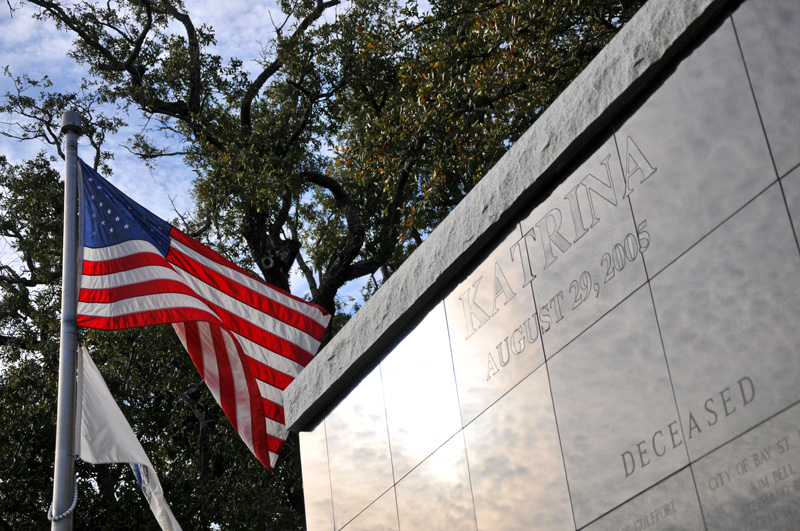
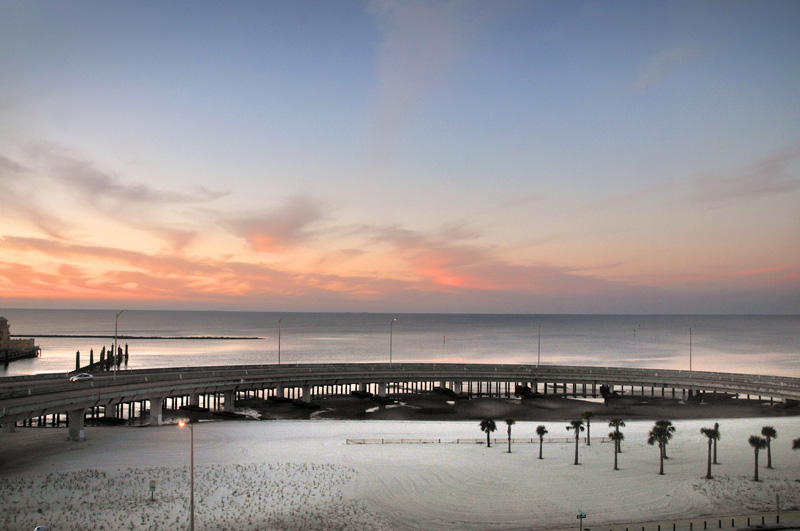
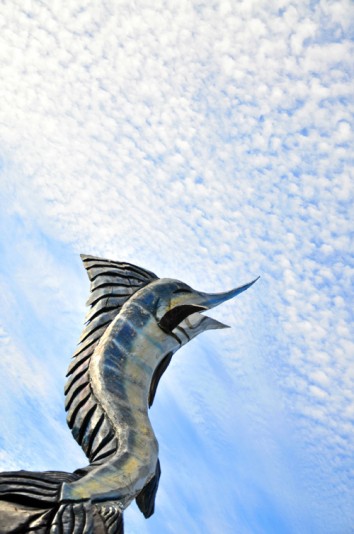
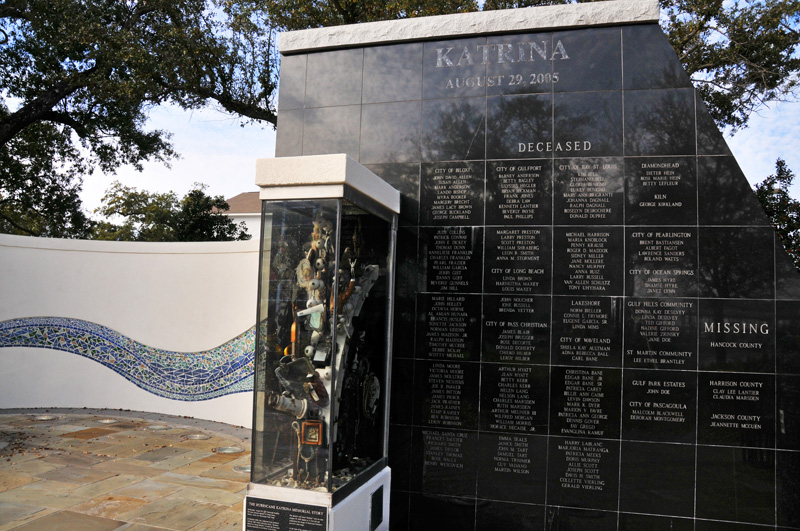
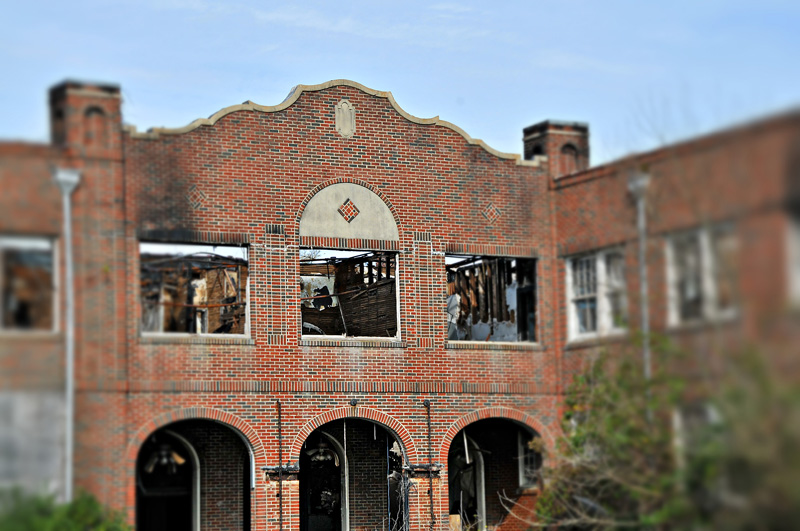
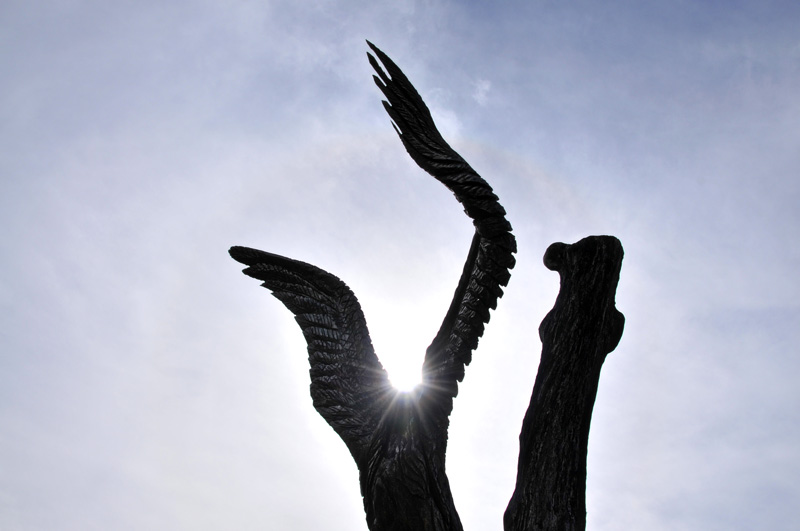

Thanks for sharing about our Mississippi Coast, and reminding everyone of how much Katrina changed our lives here. Still hunkered down for Isaac at the moment, who has decided to sit on us, but we’re hanging in there!
Good luck! Hope it won’t last too much longer :]